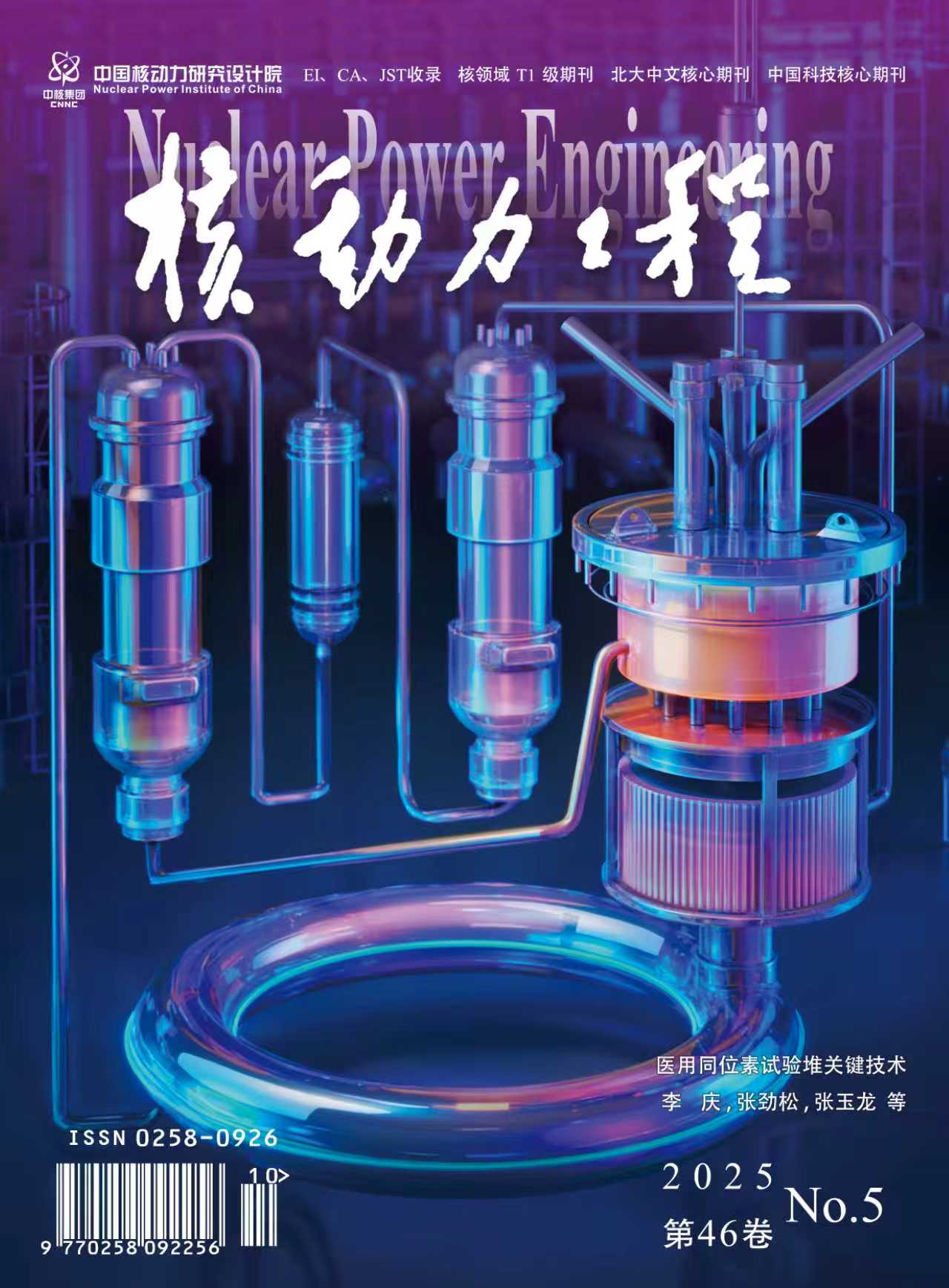2021 Vol. 42, No. 2
Display Method:
Conceptual Design of a Reduced Moderation Long-Life Heavy Water Cooled Thorium Small Modular Reactor
2021, 42(2): 23-28.
doi: 10.13832/j.jnpe.2021.02.0023
Abstract:
Development of Ultrasonic Inspection System for Control Rod Guide Split Pins in Nuclear Power Plants
2021, 42(2): 144-147.
doi: 10.13832/j.jnpe.2021.02.0144
Abstract:
Simulation Research on Dynamic Characteristics and Small Break Fault of Once-through Steam Generator
2021, 42(2): 161-167.
doi: 10.13832/j.jnpe.2021.02.0161
Abstract:



